The year was 2014 – Apple was working on releasing its much-anticipated iPhone 6 and 6 Plus (which ushered in a new design language for its smartphones), Google’s Nexus 6 was still under wraps, and Microsoft was in the process of its ill-fated Nokia acquisition, all the while pushing its Windows Phone platform.
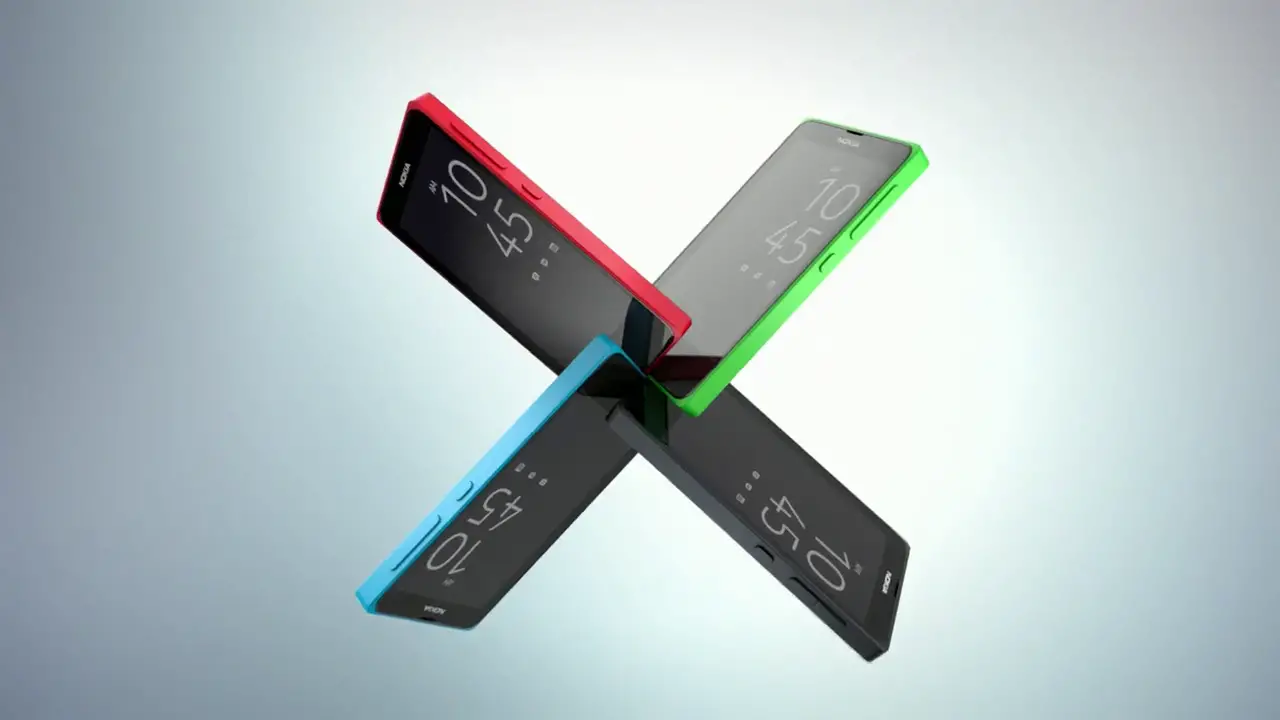
At the time, Nokia phones either ran on custom software as seen in the company’s feature phones, the Nokia Asha Platform, or on Windows Phone. However, rumors pointed to a new phone in the works, one that would specifically run on Google’s Android operating system, although it wouldn’t come with the necessary Google apps and services that were usually found in most Android phones. After weeks of rumors, Nokia finally unveiled a rather unorthodox device to its addition of smart devices.
Initially shown at Mobile World Congress 2014, the Nokia X was the company’s first foray into the world of Android. It was unlike any other Android phone at the time and a far cry from the Nokia-branded Android phones of today. And while it’s faded into mystery and history over the years, it was nevertheless a relevant talking point during its time in the limelight. How and why could Nokia, a company that put all it had into Windows Phone (and was soon to be acquired by Microsoft), come up with a device such as this?
Let’s take a moment to wind back the clocks, and revisit this perplexingly-unique piece of hardware.
Software and UI
One of the Nokia X’s main highlights upon its reveal was the fact that it ran Android, a drastic change from the company’s standardized portfolio of Windows Phone-powered handsets. As we mentioned earlier though, it ran a “forked” version of the OS, meaning that while it was capable of running a plethora of Android apps, it lacked the needed Google Play framework which was required to work with Google-centric services like the Play Store, Google Maps, and so on.
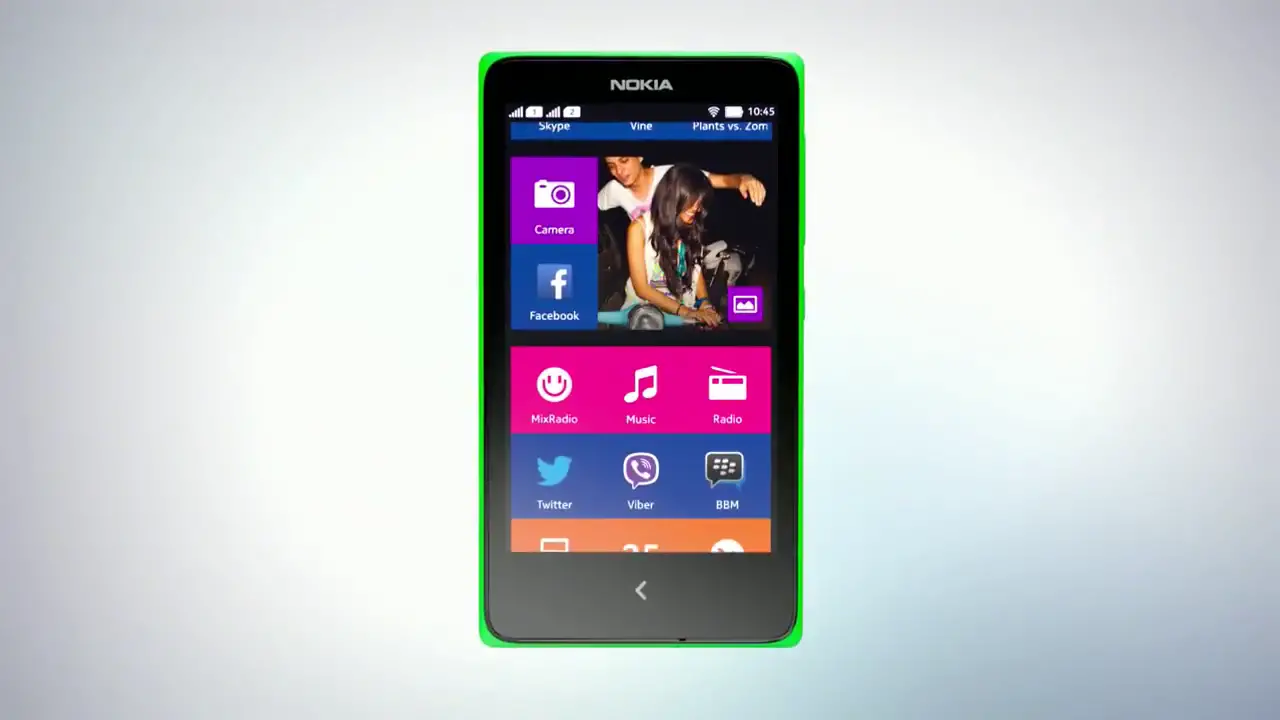
Instead, the phone ran on the “Nokia X Software Platform,” which was a heavily-modified version of Android Jellybean. It also introduced an entirely different means of navigating the user interface, which was a mix of what we saw with Windows Phone and Nokia’s Asha handsets. For starters, all your apps were displayed on the home screen in a tile format (which let you customize colors and icons), and swiping from the right-hand side took you to the “Fastlane,” which was essentially a timeline of all your notifications, upcoming events, and such. The single back button on the bottom of the screen served as the main point of navigation as well.
It had its own app store, which meant that not all the apps from the Play Store were available. You either had to root the phone to gain access to Google Play, or sideload apps to run on the device.
While it looked a lot like Windows Phone, navigating through the UI was a bit laggy, although it offered a nice change of pace from the usual icon-packed interface of more standard Android phones. During my time using the phone, I’d alternate between the default UI and a launcher, which surprisingly worked well and let me used the X as I would a regular smartphone, with an app drawer, widgets, and such.
Hardware Design
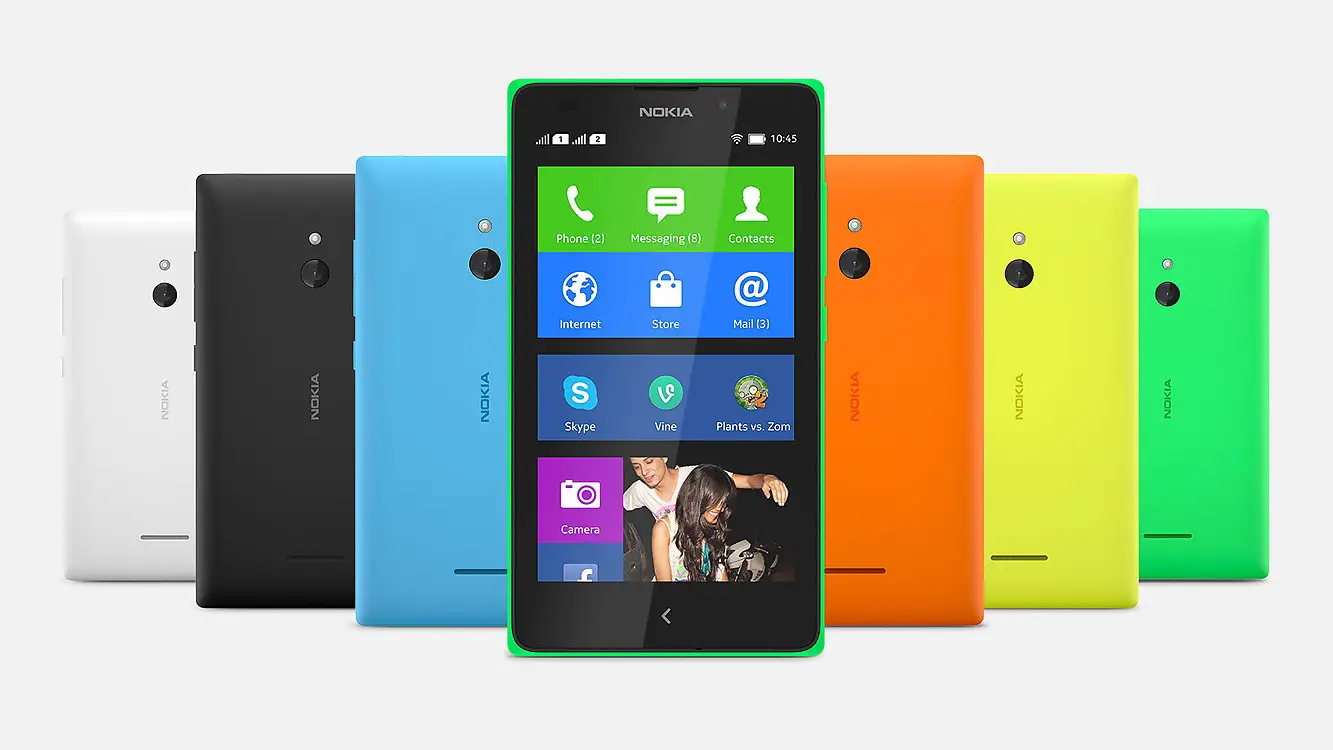
Another stand-out element to the Nokia X’s existence was its external design, which took a lot of inspiration and stylistic elements from the company’s more premium Lumia phones. Like the Lumia devices, it featured a matte polycarbonate shell, available in several different bright and vibrant colors. The device came in three variants as well, which included the base model Nokia X, Nokia X+, and the Nokia XL, with the biggest differences being the amount of storage and RAM, as well as an additional camera, LED flash, and larger display on the XL variant. Aside from this however, all phones looked identical, with the same UI, software, and such.
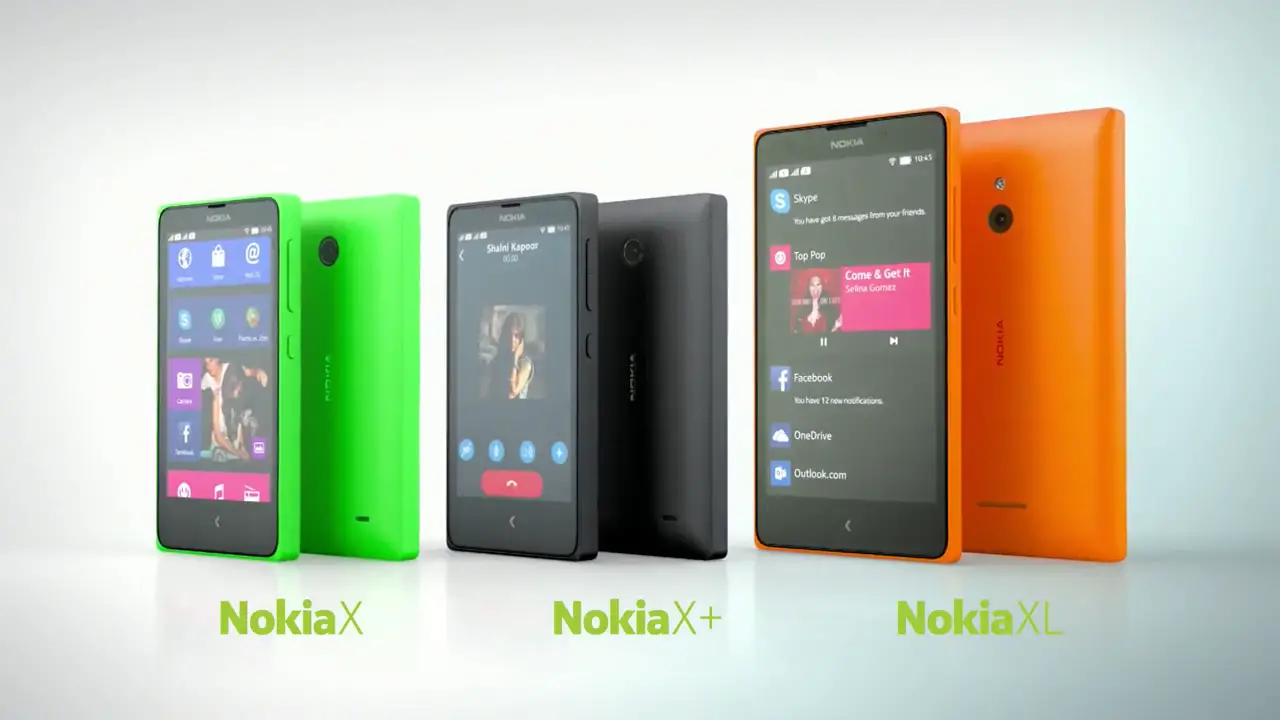
Everything about the phone resembled the Nokia Lumia phones, which have always been regarded by many enthusiasts as some of the best-looking smartphones in terms of design – the removable rectangular shell, down to the layout of the volume and power buttons, rear speaker, and camera placement, took heavy inspiration from its Windows-powered siblings. At first glance, you’d probably even mistake it for the similarly-sized (and similarly-looking) Lumia 520.
Internal Specs and Performance
From a performance standpoint, the Nokia X looks rather poor by today’s standards. But for a budget smartphone in 2014, the Qualcomm Snapdragon S4 Play chipset and 512MB of RAM were standard fare as far as budget phones from that time period were concerned. I managed to run a few games on the phone, such as Dead Space Mobile (which I had to sideload), and Great Little Wargame. The phone was able to run both games without a hitch, and considering how graphics-heavy Dead Space was, I was rather impressed that it was able to run on the Nokia X.
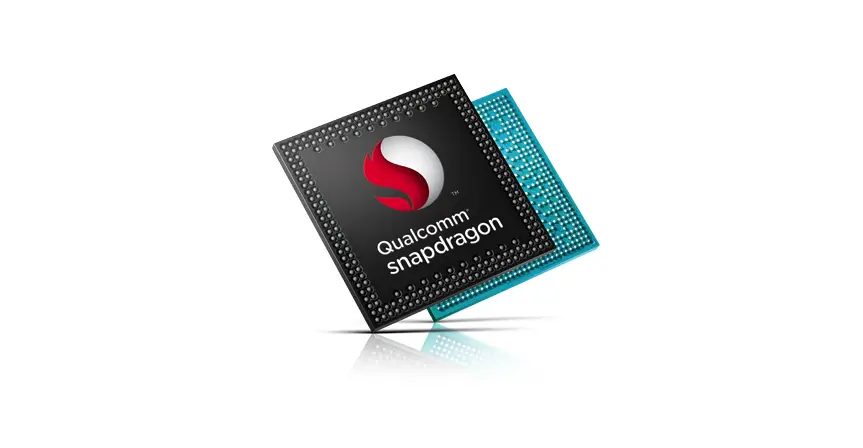
Aside from that though, the phone wasn’t particularly fast, and there were times that it would visibly stutter after some use, leading me to recognize its limitations in daily usage. The camera likewise was nothing home to write about, and the 3.15-megapixel sensor on the back of the device was just there to complete the package, mostly. The removable 1,500 mAh battery was decent, although given the low-powered specs it wasn’t surprising to see it manage through a day of moderate use, but I was able to do all the tasks I needed from a phone – calls, music, internet, and a game or two.
Final Thoughts
The Nokia X was certainly an interesting little experiment that got people talking about the Nokia brand, its future within the smartphone industry, and its fate under Microsoft’s leadership. While a sequel was released in the form of the Nokia X2 (strangely in the same year), the series failed to make any major impact in the global smartphone market, which was mostly dominated by Apple and Samsung, and Microsoft finally put an end to the hardware series.
At the time though, it was one of those devices that had a certain enthusiast appeal, and was unique in its own way, especially considering the position that Nokia was in during those years. I didn’t regret owning the phone, and it even served as a gateway of sorts in getting me to try out Windows Phone afterwards (which I imagine was part of Nokia’s strategy with the X line).
I guess for now and the foreseeable future, that’s where it’ll stay – a small piece of history, with its own weird, one-of-a-kind charm.


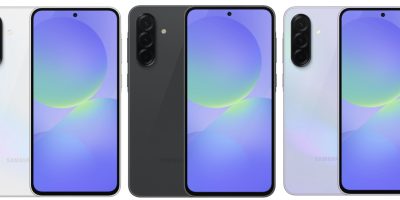
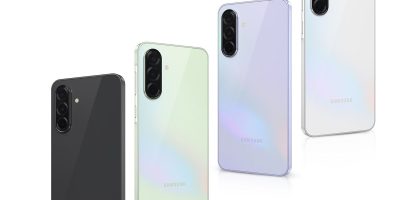
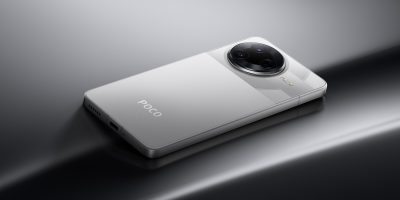
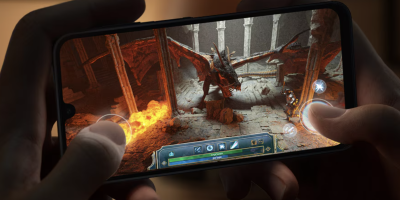




Comments